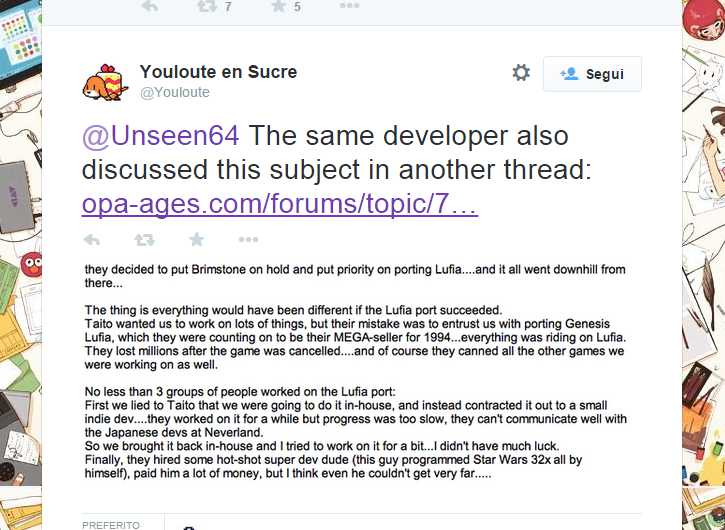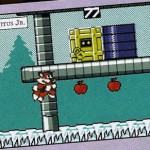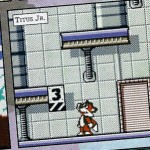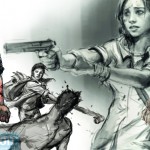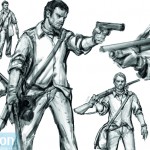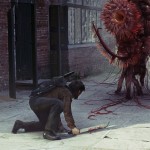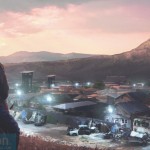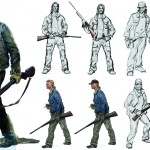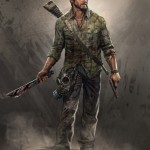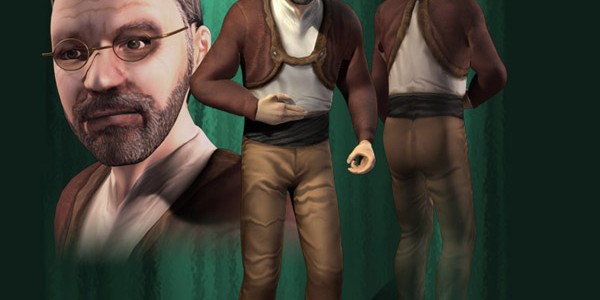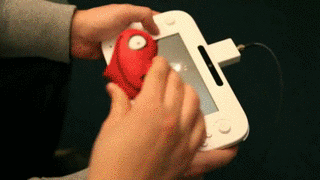The Last of Us is an action game developed by Naughty Dog and published in 2013 by Sony Computer Entertainment for their PlayStation 3. The project was started in 2009, after the Uncharted 2 team was split in 2 to create a a Jak & Daxter reboot along with Uncharted 3. When they designed some concept arts for the cancelled Jak & Daxter 4 project, they thought that the style and target they were aiming for was too distant from the J&D IP and so decided to create a new IP, using some of Neil Druckmann’s ideas from an old concept that he did at school. That new IP was initially known as “Mankind” before to be changed into The Last of Us.
As we can read on TheVerge:
Just like in The Last of Us, [Mankind] was set in a world where Cordyceps has leaped from insects to humans, turning the infected into dangerous monsters and bringing down civilization with them. The key difference was that in Mankind, the virus only affected women. An early version of Ellie was the only female who was immune, and Joel decided to protect her in order to bring her to a lab where a cure could potentially be created.
During the development of The Last Of Us, many features were removed and the story was changed a lot, before to arrive to the final version. As we can read on GameInformer, in the original plot::
Joel partners with Tess to smuggle Ellie out of the locked-down city. In the alternate story the gang is halted at a security checkpoint. Ellie is screened for infection and comes up positive, but the guards don’t care that she may carry an immunity that could save humanity. Joel sees Ellie at gunpoint, which reminds him of his dead daughter, and goes berserk. He kills the guards, leaves with Ellie, and ends up betraying his partner Tess, who embarks on a cross-country pursuit of vengeance.
Neil Druckmann also shared some memories from a different ending for the game:
“The original ending when we pitched the game was a much more hopeful ending, where Joel and Ellie make it to San Francisco and that is a town run by people who are trying to restore society,” he continues. “Joel has killed all these doctors and lied to Ellie, and Ellie just fully buys into the lie. So, you’re left with the idea that they are going to live the rest of their lives in this town. The camera pulls back and maybe everything is going to be alright for these two. I was working on writing, and it didn’t feel honest anymore. After everything they’ve done and everything they’ve been through, that was letting them off a little too easy – especially for Joel.”
Some more changes and removed content are:
- Downgraded Artificial Intelligence: it seems that enemies were “too difficult” for the players and it was not fun to always get surrounded and killed by a group of “intelligent” enemies (see the videos below).
- Marlene was originally meant to die in the surgeon room
- Some enemies were cut or the design was heavily changed, see them in the gallery below
- They removed a dog companion that would have followed Ellie and Joel during the game
An unseen epilogue scene performed during The Last of Us: One Night Live was set 4 years after the end of the game with Joel and Ellie talking and playing a guitar, but it seems that this scene was never meant to be added ot the game: it was just a scene wrote for the live show.
More concept arts and info on the development of the game could have been published in the Art of Last of Us artbook (23$ on Amazon COM, 20£ on Amazon UK, 27 euro on Amazon IT), if you have the book let us know! If you notice more differences in the early beta screens and videos from The Last of Us, leave a comment below!
Images:
Videos:

